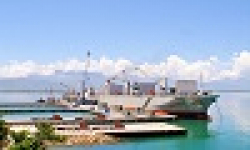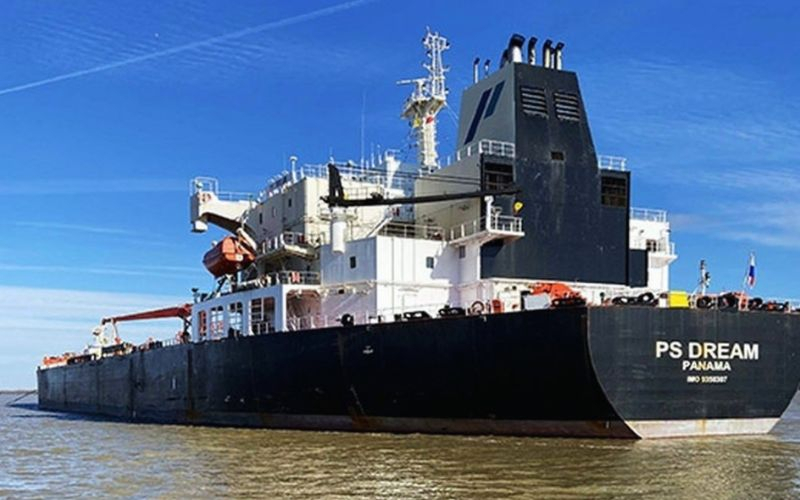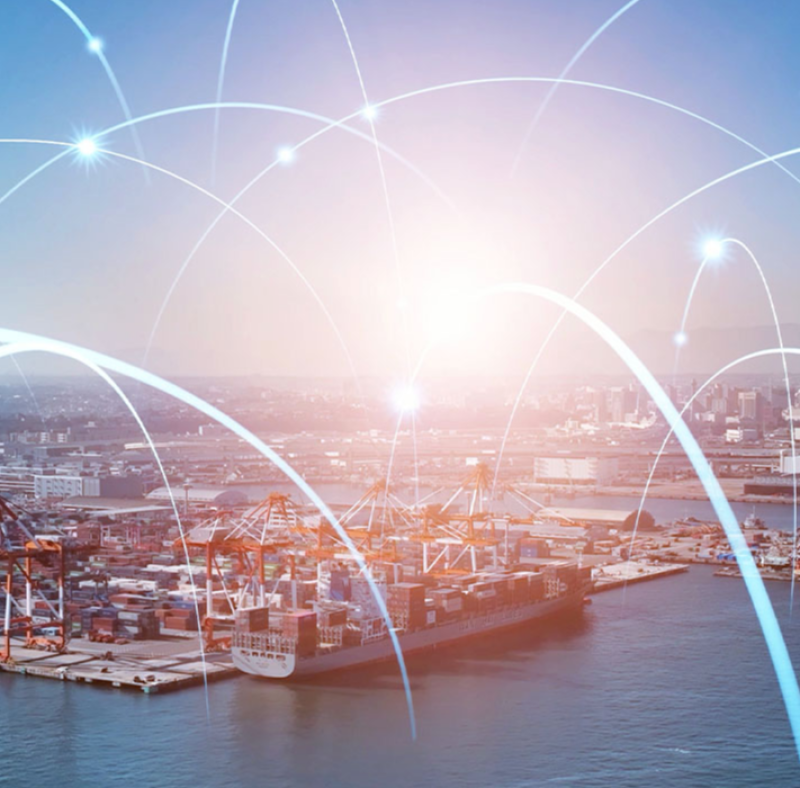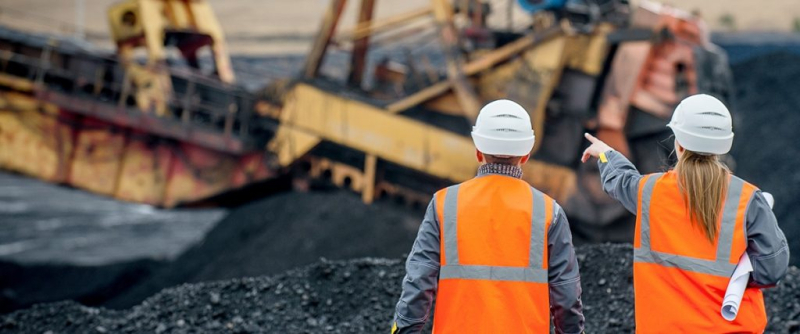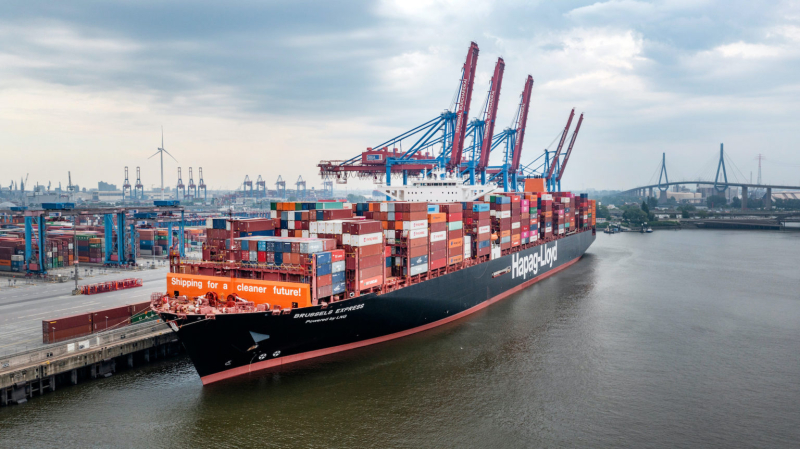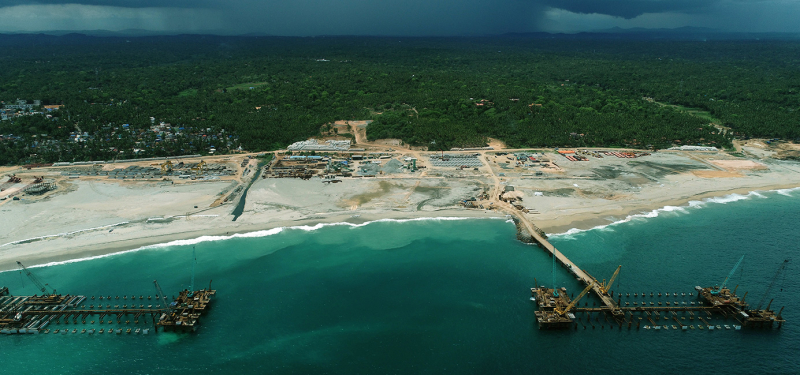
Andrew Craig-Bennett looks at the hurdles shipping faces in order to embrace what he sees as a vital form of power in the years ahead.
Let’s suppose that we were to have nuclear ships, in, say, 10 or 15 years’ time – how could they be owned, operated, managed and crewed ?
Some ships can never be suitable for nuclear reactor-fired steam turbine propulsion, be that either double reduction geared or, more probably these days, turbo-electric. Let’s forget about nuclear tugs and coasters and confine our attention to the 20% of ships that cause 80% of the global warming caused by merchant ships as we know them today – the big ones, be they tankers (will anyone need tankers?), bulkers and the movers of finished and part-finished goods – for the time being, that means containerships .
Some things are obvious – some are not. If we are to have a fleet of nuclear-powered ships in the mid-2030s, it follows that items with a 10-year lead time must be ordered now. What are they?
Oddly enough, the items with the longest lead time are humans. We are going to need reactor officers. They take 10 years to train, and they are in such short supply that there are reactor officers serving on nuclear submarines into their early sixties. Don’t imagine that you can just pick unemployed reactor officers – they do not exist. Other things, like reactors, also need a longish lead time, but the steam turbine and electric parts are more straightforward – yes, I did just write ‘steam turbine’ – all nuclear ships are steamers so we will need steam engineers, too.
It will be shipping, but not as we know it
The next things with a long lead time are going to be repair yards which are able to handle refuelling nuclear reactors. This is no small thing. The world’s navies have moved away from the need to refuel their shipboard and submarine-embarked nuclear reactors by using highly enriched fuel, but civilians – that’s us – cannot use that stuff. We’re going to have to refuel, at least halfway through a ship’s life, so we are going to need places to do it in.
The rest of it is straightforward, but it does need planning for.
Do we want nuclear ships to be bought and sold on the S&P market in the ways that we are all used to? Perhaps not. Are we relaxed about the flags that they will fly? Again, perhaps not – we would like nuclear ships to come under the oversight of competent nuclear regulatory bodies. And we are all very sure that we want any nuclear ships to be manned by capable people.
Given that we are talking about big ships, it seems reasonable to assume that they will be owned by big companies and they will be built and operated in strings. This being the case, we can see how they should be financed – by long-term leases. Very roughly, a nuclear ship, which, by definition, comes with several years supply of fuel, costs a lot more when new than a ship fuelled by oxidation of hydrocarbons, but over the life of the ship it costs less.
So the real problem with the nuclear merchant ship isn’t even the supply of reactor officers or of nuclear-capable ship repair yards; it’s the time value of money. Besides real engineering, we need financial engineering to get the interest cost down to a number that a merchant ship can wash its face with.
This is possible, but it will only be possible if our nuclear ships are registered and operated under the flags of the sorts of countries that have not only capable nuclear regulatory bodies but advanced capital markets. And it seems pretty reasonable to assume that these countries – and there will be a few of them – will want the ships that are owned and operated under their jurisdictions to fly their flags and to be operated by their citizens.
All of this can be done, and frankly, it will have to be done. It will be shipping, but not as we know it.
It will be better.



